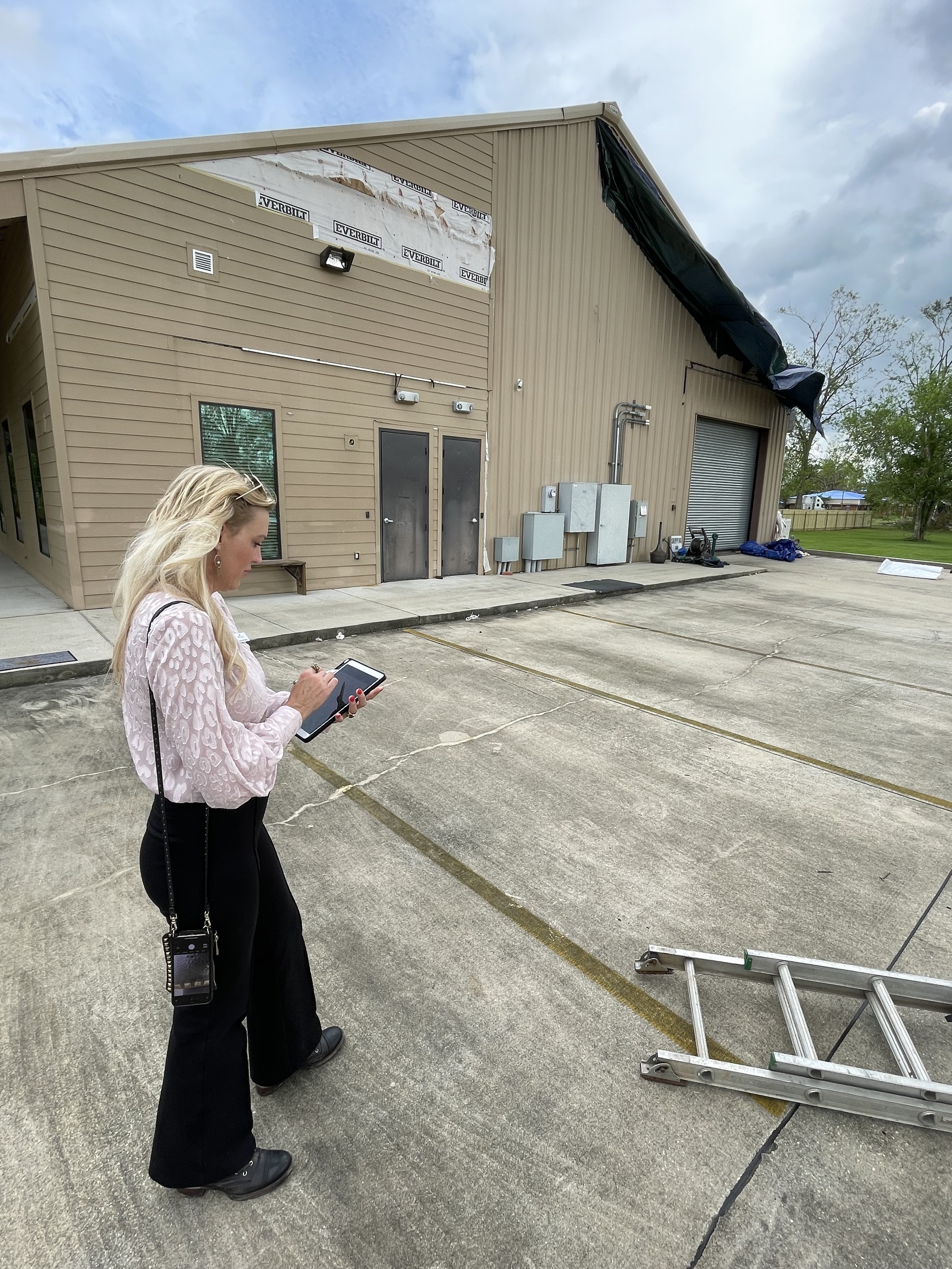Property Condition Assessment Checklist: A Guide For Property Owners

Navigating the intricate world of property ownership can be a daunting task. Ensuring that the building envelope – the barrier between the conditioned and unconditioned environment of a building – is in its prime condition is a top priority. This is where a property condition assessment checklist comes into play, serving as an invaluable tool for those interested in building envelope assessments.
What Is a Property Condition Assessment Checklist?
A property condition assessment checklist is a systematic guideline professionals use to evaluate a property’s current condition, focusing primarily on its building envelope. By ticking off each item, property owners and inspectors ensure that all vital areas are scrutinized, reducing the likelihood of overlooking potential issues.
Why Is the Building Envelope Important?
Before diving into the checklist, it’s crucial to understand the significance of the building envelope. It plays a pivotal role in the following areas:
- Protecting against External Elements: The envelope protects against rain, wind, temperature changes, and other environmental factors.
- Energy Efficiency: A well-maintained envelope can significantly enhance the energy efficiency of a property, leading to potential savings on utility bills.
- Indoor Comfort: Ensuring the building envelope’s optimal condition can improve indoor air quality and overall comfort levels for occupants.
The Essential Property Condition Assessment Checklist
Dive into this comprehensive checklist, tailor-made for those keen on building envelope assessments:
a) Exterior Walls and Cladding
- Check for cracks, damages, or deterioration.
- Inspect seals around windows and doors.
- Look for water stains or evidence of moisture intrusion.
b) Roofing System
- Examine roofing materials for wear, tear, or damage.
- Check for pooling water or drainage issues.
- Inspect flashings, vents, and chimneys for proper sealing.
c) Windows and Doors
- Evaluate the condition of window frames and glazing.
- Ensure seals are intact to prevent drafts or moisture ingress.
- Test all doors for proper operation and sealing.
d) Foundations and Basements
- Search for cracks or signs of settling in the foundation.
- Verify if basement areas are dry and free from mold or mildew.
- Inspect sump pumps or other drainage systems for functionality.
e) Insulation and Ventilation
- Check the condition and adequacy of insulation.
- Ensure vents are clear and promote appropriate airflow.
f) Drainage and Landscaping
- Confirm that the ground slopes away from the foundation.
- Inspect gutters and downspouts for blockages or damage.
- Look for any landscaping elements that might affect the building envelope adversely.
g) Mechanical Systems (as they interact with the envelope)
- Ensure HVAC units are well-sealed where they penetrate the envelope.
- Check for proper sealing and insulation around ductwork, especially if they run through unconditioned spaces.
h) Balconies and Decks
- Inspect railings, boards, and supports for signs of wear or damage.
- Confirm proper water runoff and drainage from these areas.
i) Other Attachments
- Evaluate the condition of external fixtures like awnings, signage, or fire escapes.
- Ensure they are securely attached and do not pose a risk to the building envelope’s integrity.
Using the Checklist Effectively
While the property condition assessment checklist provides a structured approach, it’s vital to:
- Schedule Regular Assessments: Consider annual checks, with more thorough assessments every 3-5 years. This ensures early detection of potential issues.
- Employ Professionals: While property owners can do initial checks, consider hiring professionals for a detailed assessment, especially if issues are detected.
- Act Swiftly on Identified Issues: Once a problem is identified, prioritize its rectification. Delays might escalate the issue, leading to more significant repair costs in the future.
Use This Tool to Your Advantage
A property condition assessment checklist is more than just a list. It’s a strategic tool that equips property owners with the knowledge to ensure their building’s envelope remains in peak condition, preserving the property’s value and ensuring the safety and comfort of its occupants.
